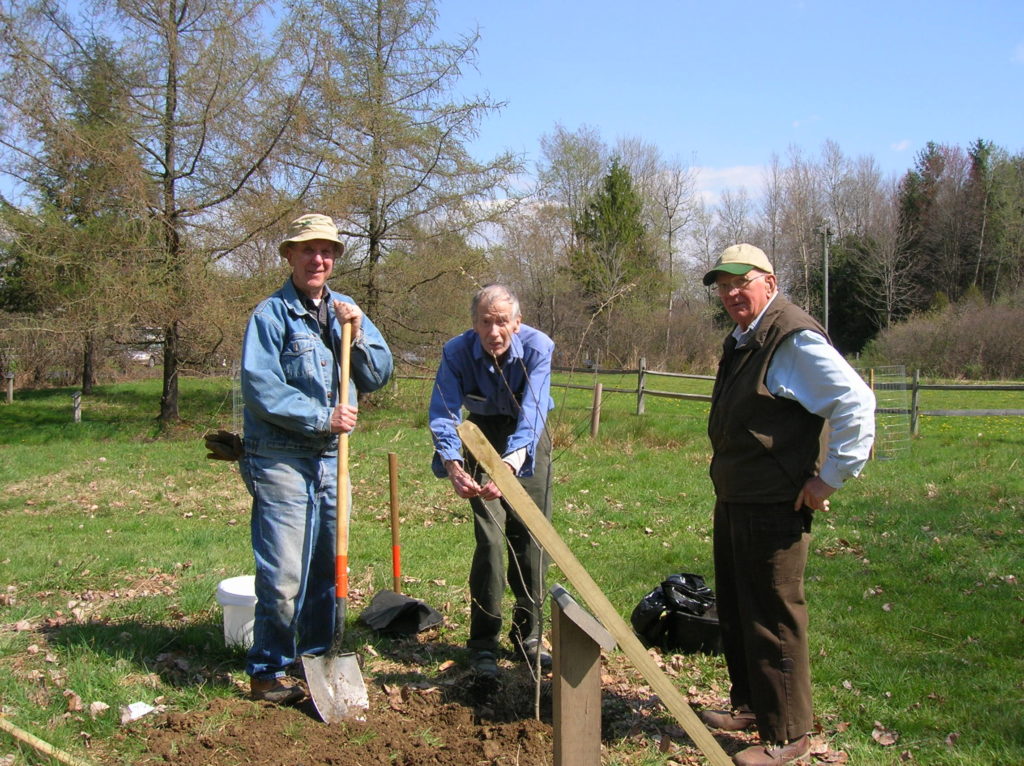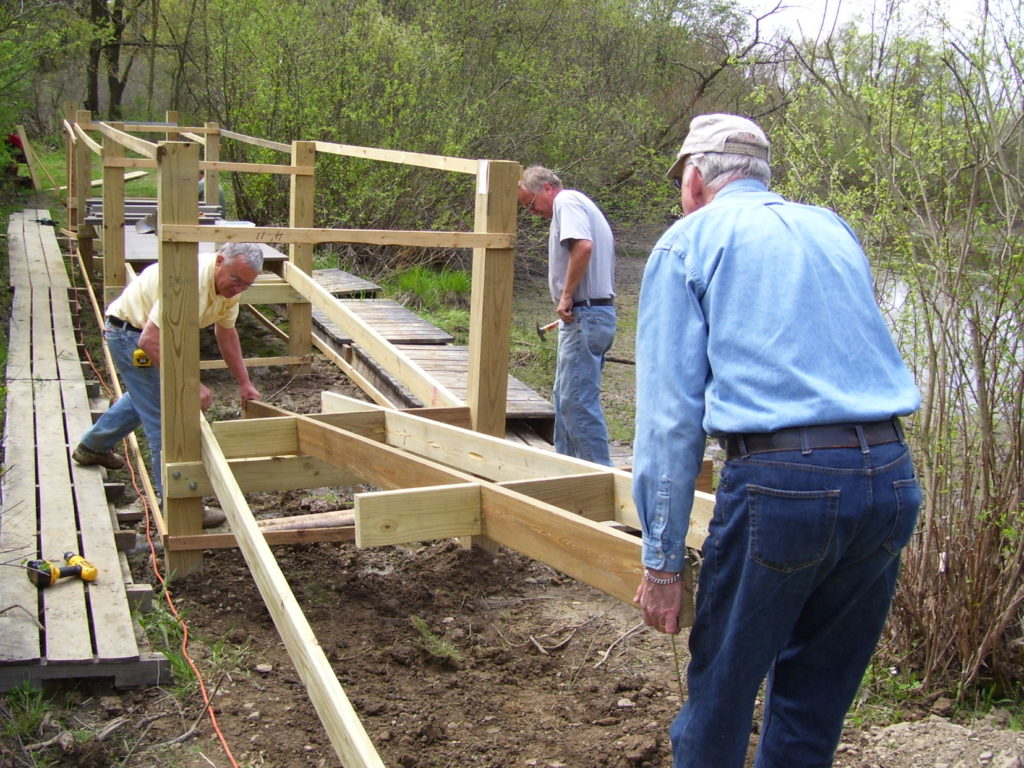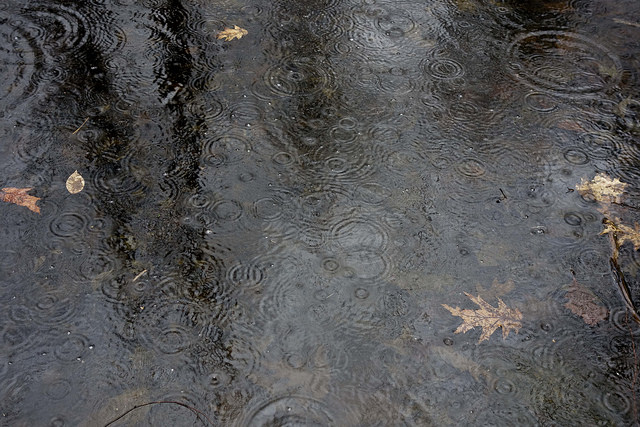Have you ever tossed a pebble into a pond? Or a stick, or a pine cone… anything really. Those ripples that result continue to go out, and out, and out. And sometimes back in toward the point of origin. The ripple effect is the idea that one action, or word, emotion, event, and so on, can have a far reaching impact. You’ve seen the commercials, where the teenage boy holds the door for the mom with the stroller and someone sees that and is then motivated to help someone else. A few things recently crossed my mind and path related to this ripple effect idea.
The first was an article about Hawaii taking action to limit the use of sunscreens that negatively affect the coral reefs. This got me thinking about the ripple effect that humans have on the planet that we often don’t realize until the ripple has traveled long enough to become a wave, some of tidal proportions. You’ve heard a lot of them, I’m sure, the stories of the things that we do that are little that have a big impact, both on ourselves and the natural world.
Plastic microbeads in body wash and toothpaste. Bits of plastic fiber entering the lakes and oceans from washing your favorite fleece. BPA in plastics. Chemicals in sunscreen that kill coral reefs. Seemed like good ideas, but ultimately little things turned out to be pretty big things once their impact reached farther. The ripple effect.
Another way that this idea crossed my mind — I was watching a documentary on the development of Florida. The story of how people went to this very wet state and decided not only that they wanted to drain it, but that they could drain it, was remarkable. Foolish, but remarkable. The amount in industry, money, life, and labor that went into taming Lake Okeechobee so humans could live and grow food in the Everglades defies logic.
Of course, if you dam up the outflow from Lake Okeechobee the Everglades will eventually dry up and your wells will go salty. Of course. It is so simple to see now. But the action hundreds of miles away of damming the lake was not connected to the health of the Everglades or the coastal city of Miami. Until the swamps and marshes dried up, caught fire, and made the state almost uninhabitable in places. The soil burned up so agriculture was more challenging if not impossible. And drinking wells were saline across the lower half of the state. The ripple effect.
Finally, a different take on the ripple effect. We have some volunteers at Audubon who have been spending time here for a long while. One volunteer has been associated with ACNC, in both a professional and volunteer capacity from the 1970s. What is his ripple effect? I think about the little things that he did in the daily course of his life that have magnified impacts now.

A little oak, whippy and short, caught his eye and he put a tree tube around it. He said that it would someday be a magnificent tree. That tree today flames crimson in the fall like no other, standing 30 feet tall, and is the first bit of shade visitors might enter when walking from the far parking lot to the Nature Center. I’ve seen cedar waxwings in the branches and chickadees use it as a staging platform before entering their nest cavity. Blue Jays love the topmost branches from which they scream at the world.
How many trees have thrived because of Larry? How many children now play under trees he planted? His effect on the habitat at ACNC is dramatic, so much larger than any single action he has taken here over the last 40 years. The ripple effect.
Other volunteers build the things that visitors use every day. Sometimes I imagine they get bored in the wood shop, cutting stakes and repairing picnic tables. Yet the impact they have is great. How many children have sat at those picnic tables? At least 3,000 per year for the last 15 years. And how many times have their hands held a post steady which others braced it and added more to build a structure? The Hugh Wood Tower, the Blue Heron Overlook, the Adirondack Shelter, three deer exclosures, two photo blinds… If they had a nickel for every visitor that ran their hand over a railing, they’d be rich.

Other volunteers spend their time teaching children about the magic of the natural world. Those moments, those connections, are ripples that could become the best of tsunamis. Whether it is by making the world a better place, or making the people in the world better, volunteers have a powerful effect. This is the ripple effect.
It is why we volunteer, why we help, why we work, and why we change our behavior. We know that our impact can be greater than it seems. In not so good ways, as we learn about the impacts that we unknowingly, or later know, have on the natural world, the water, the air, the soil. In wonderful ways we use our little impacts to create big ones, working to find solutions to some of the problems, proposing alternatives, doing research, and perhaps, most importantly, thinking before we act.
What is your ripple effect?
Audubon Community Nature Center builds and nurtures connections between people and nature. ACNC is located just east of Route 62 between Warren and Jamestown. The trails are open from dawn to dusk as is Liberty, the Bald Eagle. The Nature Center is open from 10 a.m. until 4:30 p.m. daily except Sunday when it opens at 1 p.m. More information can be found online at auduboncnc.org or by calling (716) 569-2345.
Sarah Hatfield is Education Coordinator at ACNC.


Recent Comments